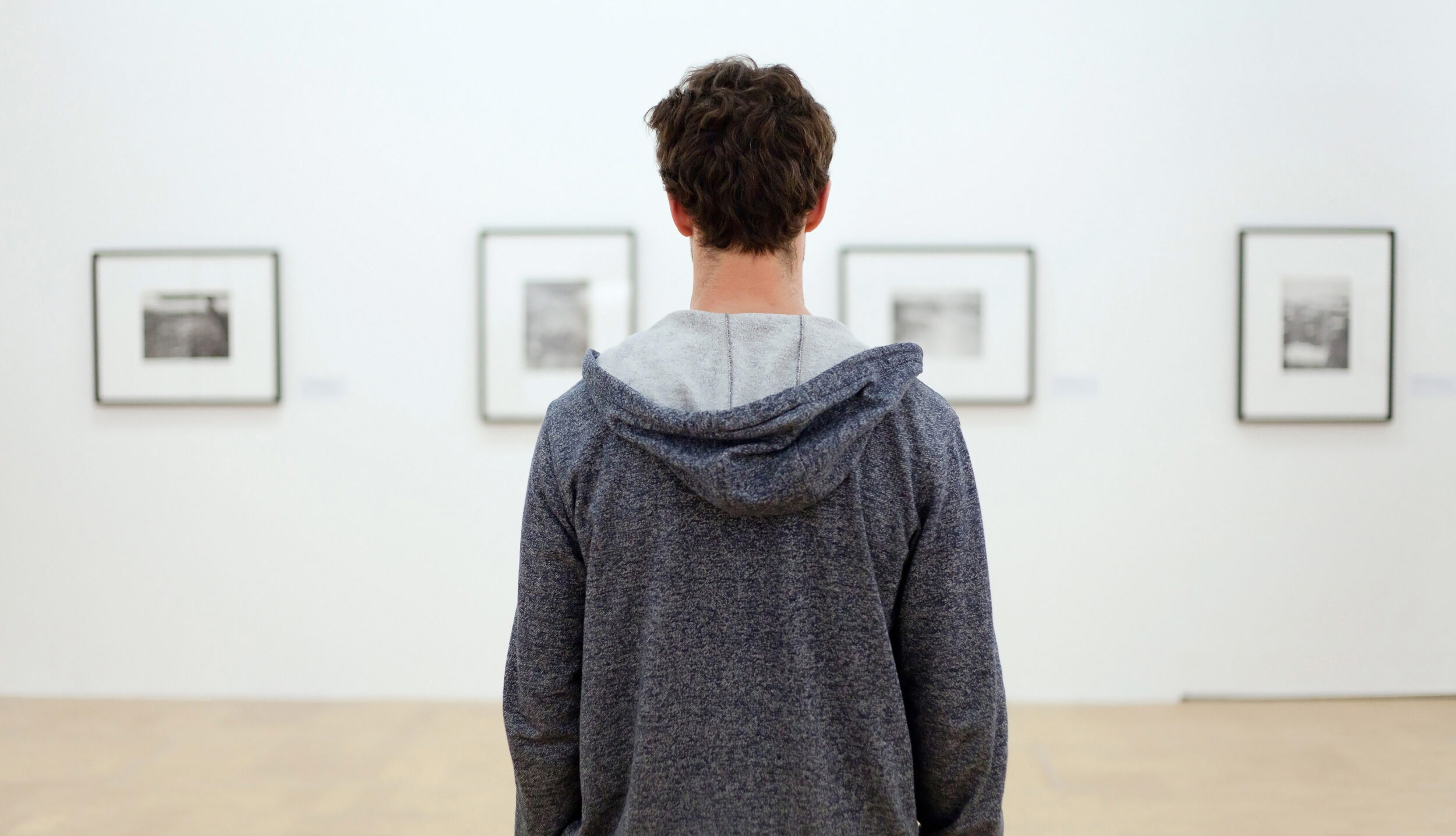Since the early 2000s, a growing number of human rights museums have been inaugurated around the world. In an effort to prevent further abuses, they recall specific incidences of human rights violations. For three years, Jennifer Carter, museology researcher at Université du Québec à Montréal, compared a number of these institutions in Canada, Japan, Paraguay and Chile.
She found that they each address issues from a different perspective according to their own socio-political, legal and cultural contexts.
She found that they each address issues from a different perspective according to their own socio-political, legal and cultural contexts. Museums in Latin America tend to focus on human rights denials under dictatorships. This is true in Paraguay, where two museums in the capital city of Asunción delve into the authoritarian regime of Alfredo Stroessner, as well as in Chile, where the Museo de la Memoria y los Derechos Humanos explores the government of Augusto Pinochet. Indeed, museums on the continent often stem from recommendations set out by truth and reconciliation commissions.
In Japan, issues of identity are key. For example, Liberty Osaka tackles the social marginalization of the Burakumin, the descendants of labourers in occupations such as butchery and tanning, deemed impure in Japanese Buddhism. The museum has also expanded its mission to other struggles, including social discrimination.
The Canadian Museum for Human Rights takes a broader approach, addressing international issues and figures such as Nelson Mandela. It also seeks to illustrate the contributions of Canadians such as John Peters Humphrey, who worked to draft the Universal Declaration of Human Rights. In addition, the museum features exhibitions on national topics including the fights for Indigenous and Black rights.
The research led by Jennifer Carter advances our knowledge of the emergence of these types of museum spaces in specific historical contexts and supports the further development of the museums’ institutional adaptation of the notion of rights and its interpretation in different geopolitical contexts.




